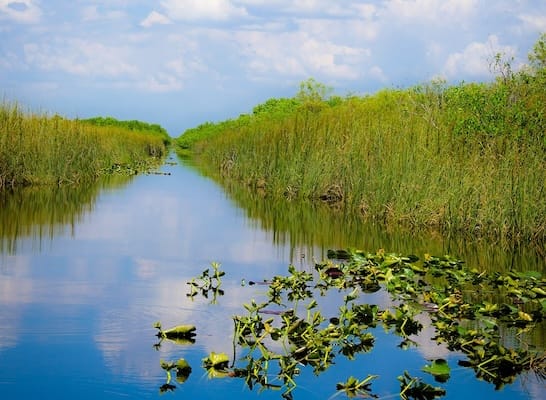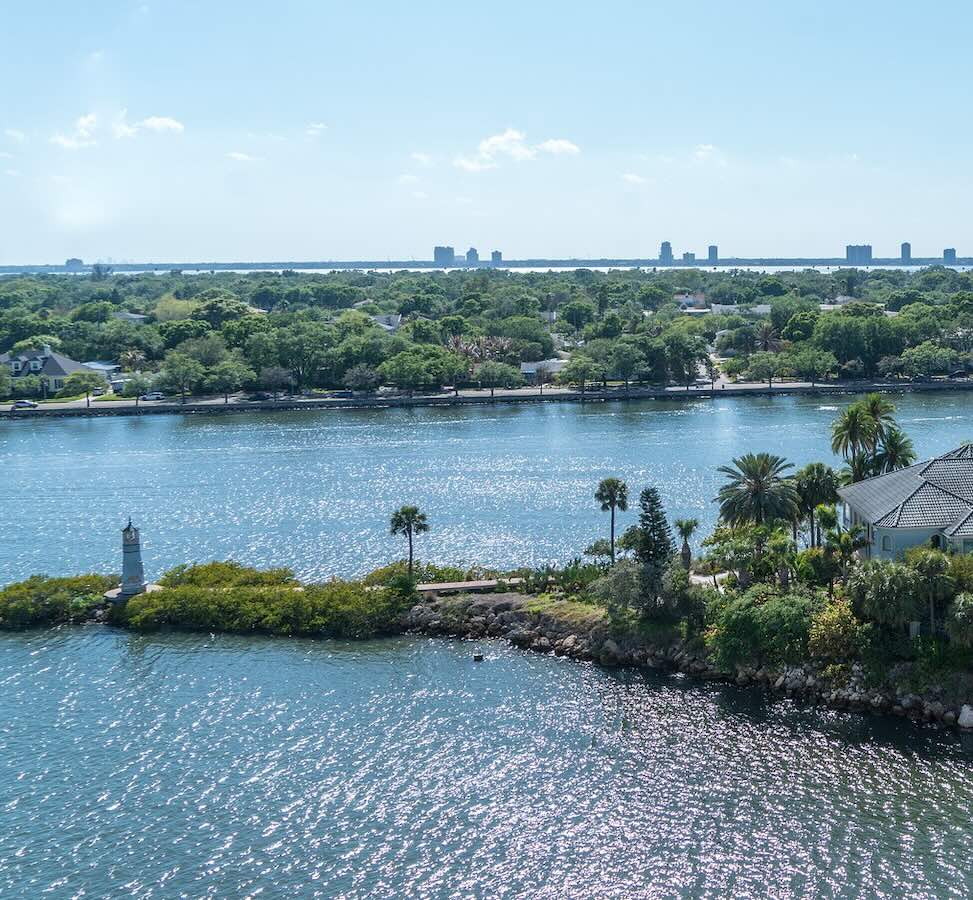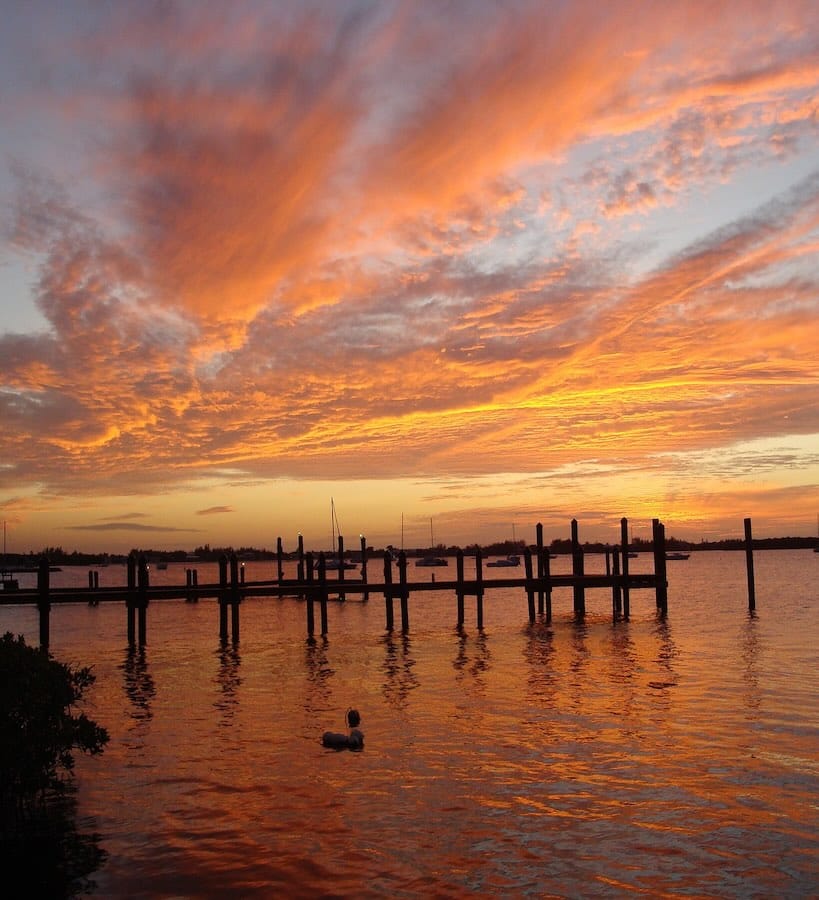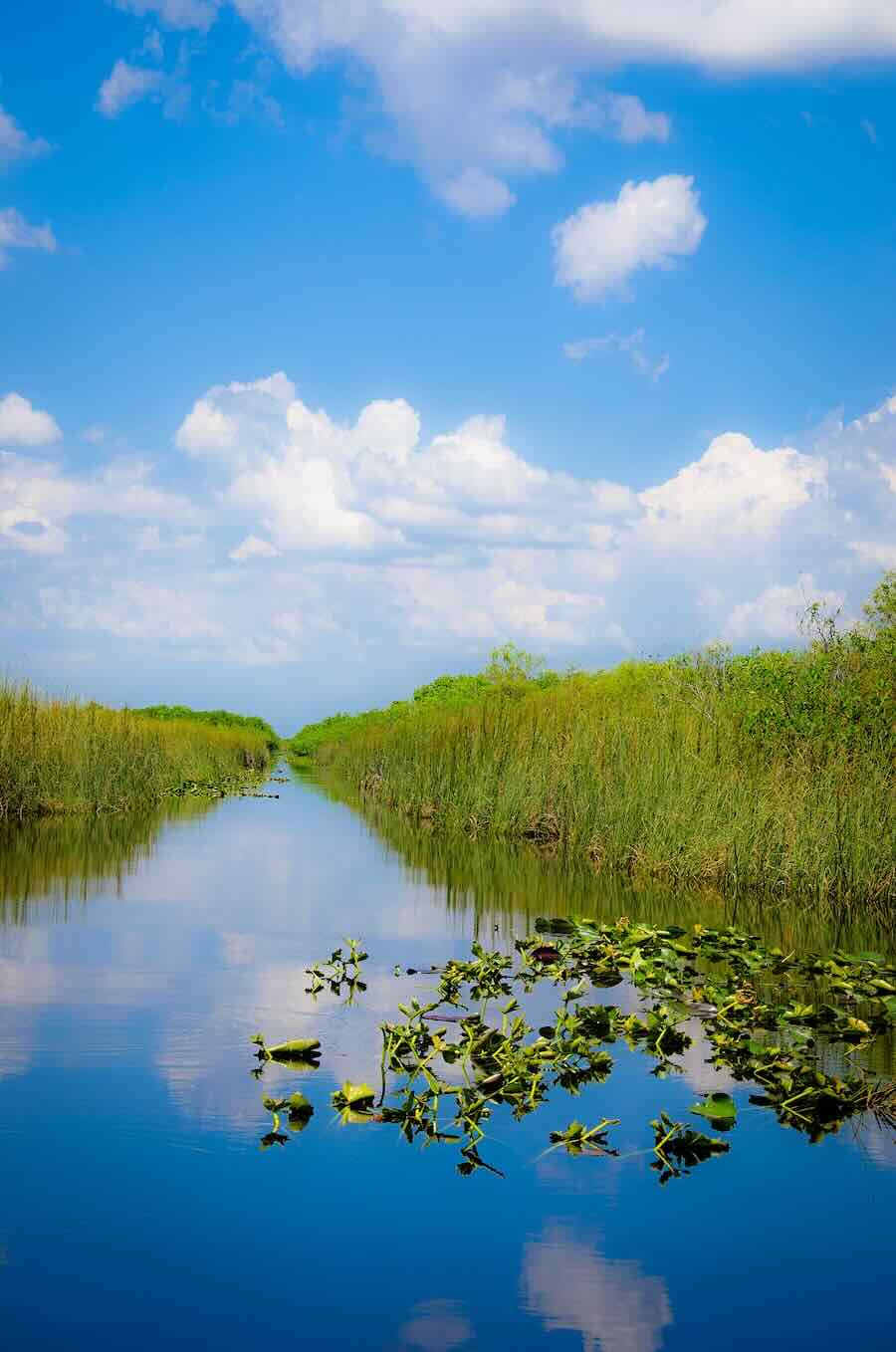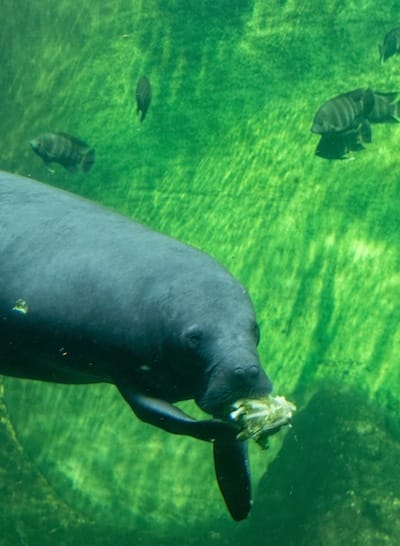When it comes to technology, we highlight the ongoing switch to emission-free school buses and the positives which this will deliver in terms of air quality, and the use of an area-specific app to drive engagement with nature. The individual highlighted in this month’s Zone is the winner of the NPCA’s Conservationist Award, something which reflects more than a decade spent fighting on behalf of the natural wonders of the Florida environment.
Speaking of natural wonders, we look at how the oyster is being used to clean and filter the water in Charlotte Harbor and – on a more spectacular scale – how and why almost one thousand manatees turned up on a single January morning in Orange City. For many years, perhaps the biggest hurdle for anyone concerned about the environment in Florida and beyond has been a reluctance to accept that the severe weather events are symptomatic of a changing climate - and a concern that taking the right steps will simply cost too much. The fact remains that if we aren't prepared to work to prevent environmental disasters, then it's inevitable Floridians will face financial and economic costs beyond anything we've yet experienced.

